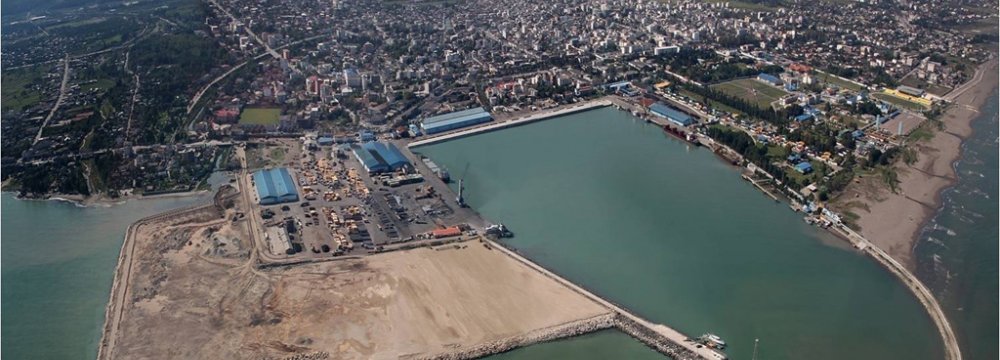The decks have been cleared for India to lease and develop the strategically important Iranian port of Chabahar. This will provide an alternative route for India to trade with Afghanistan and Central Asia, bypassing Pakistan.
The obstructions that the India-Iran agreement on the port had run into, after it was announced in May, got sorted last week during Iran Foreign Minister Mohammad Javad Zarif’s visit, said India’s Road Transport and Highways Union Minister Nitin Gadkari.
“The prime minister has spoken to the Iran government…. and 8 to 10 days ago the Iranian foreign minister came and met me… we have solved the problem,” Gadkari said without divulging details. Under the memorandum of understanding, Chabahar Port will be used to ship crude oil and urea, greatly reducing transportation costs for importing these two commodities. The port is to be developed via a special purpose vehicle, which will be owned by the two sides with an investment of around $85 million. A multi-purpose cargo and container terminal is to be developed at the port, Indian daily newspaper The Hindu reported.
India’s presence in Chabahar will offset the Chinese presence in the Pakistani port of Gwadar. It also takes advantage of the centuries-old connection with Iran, especially at a time when Iran’s economic sanctions are expected to be lifted, thanks to the nuclear deal it signed with the West. Weeks ahead of signing the MoU, the Iranian government had leased the port for upgradation to a private company, Aria Banader. This put a question mark on the Indo-Iranian deal and caused alarm in Indian quarters as the agreement with Aria Banader had taken place in March, while the MoU was signed in May between Gadkari and Iran’s Minister for Roads and Urban Development Abbas Akhoundi.
Tehran has offered a proposal to Delhi to help build over 500-km-rail link from Chabahar to Zahedan, capital of Sistan-Baluchistan province. Zahedan is connected to the main Iranian rail network and the proposed rail link when concluded will join Chabahar with North-South Transport Corridor and provide access to Azerbaijan, Turkmenistan and beyond.
The project opens up a sea of opportunities for India and Indian Premier Narendra Modi pushed the idea during his July visit to Central Asia with an eye on realizing untapped economic partnership with the Eurasian region, including Russia and Central Asia.
Russia, Iran and India signed the agreement for the project in 2002, which uses ship, rail, and road for moving freight among India, Russia, Iran, Europe and Central Asia. The route primarily involves moving freight from India, Iran, Azerbaijan and Russia and would reduce time by half for cargo movement from India to Europe through this corridor instead of the Suez Canal route. Current time taken for cargo from western India to Europe is nearly 40 days.
Dry runs of the two routes in the project were conducted in 2014, the first was Mumbai to Baku, the capital of Azerbaijan, via the Iranian port of Bandar Abbas and the second was Mumbai to Astrakhan in Russia via Bandar Abbas, Tehran and Bandar Anzali located in the north of Iran.





